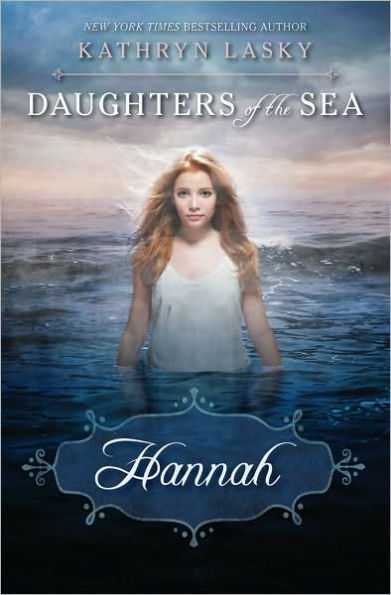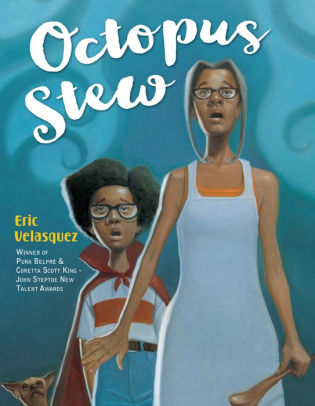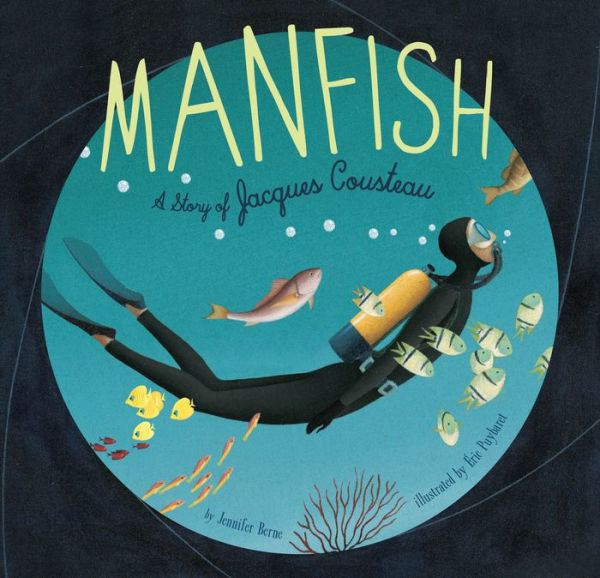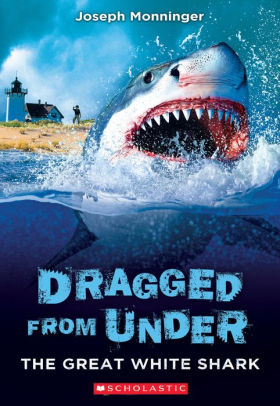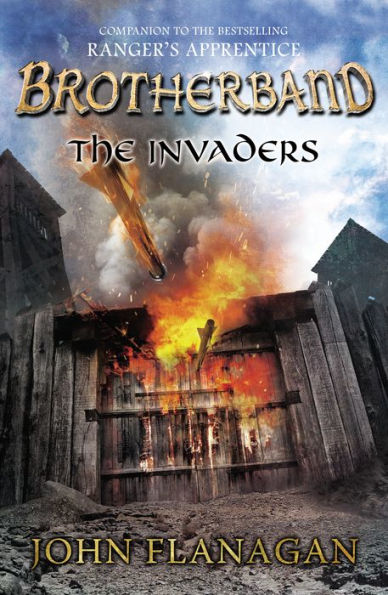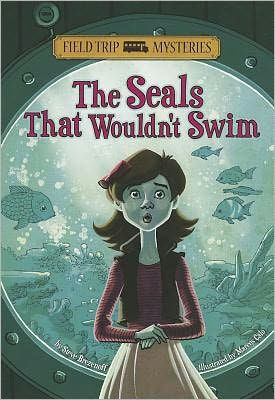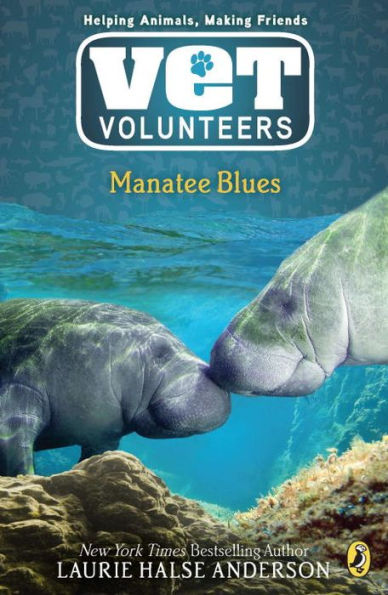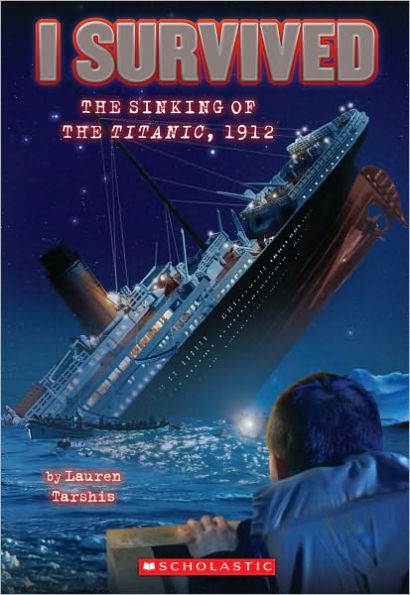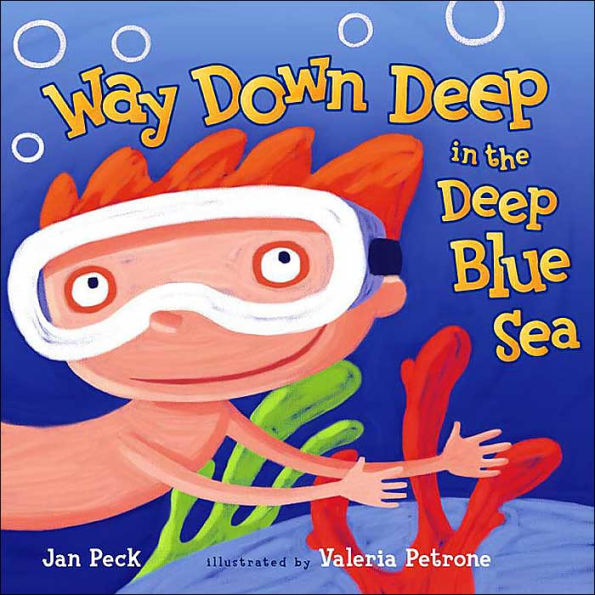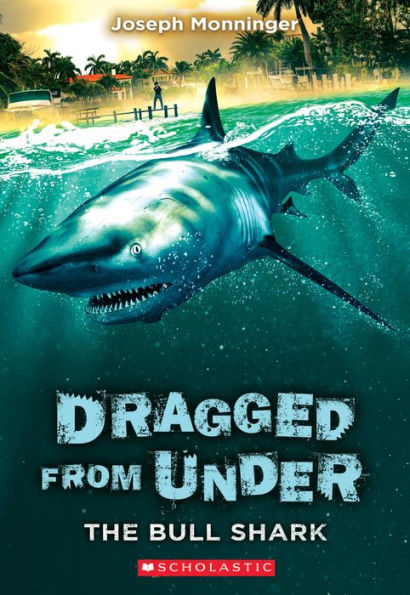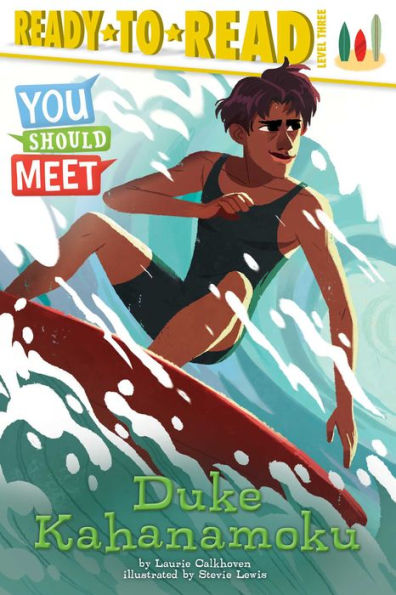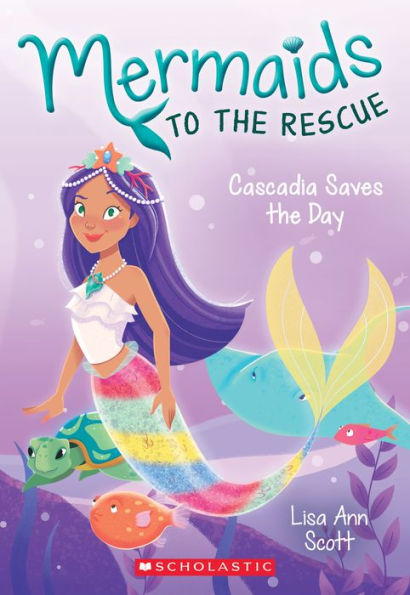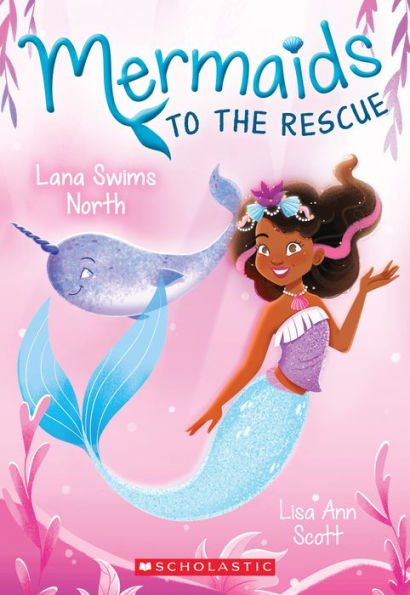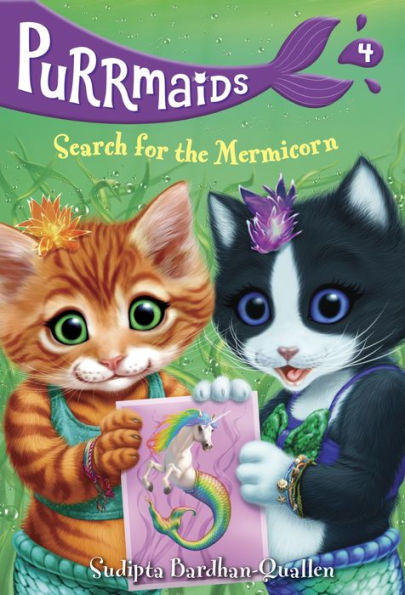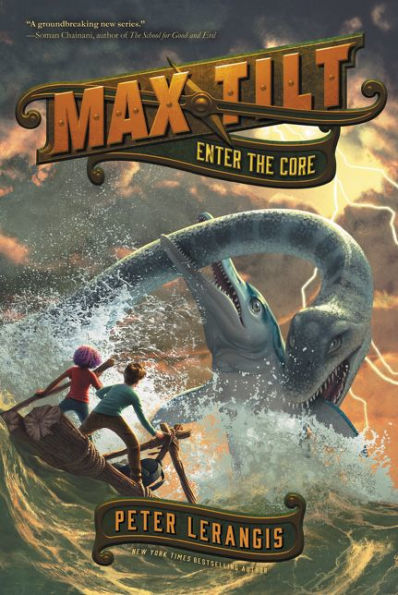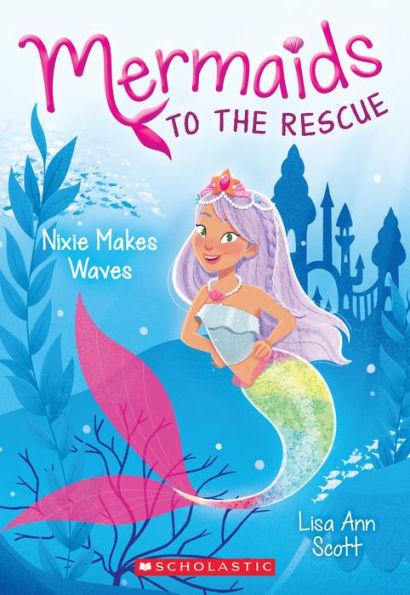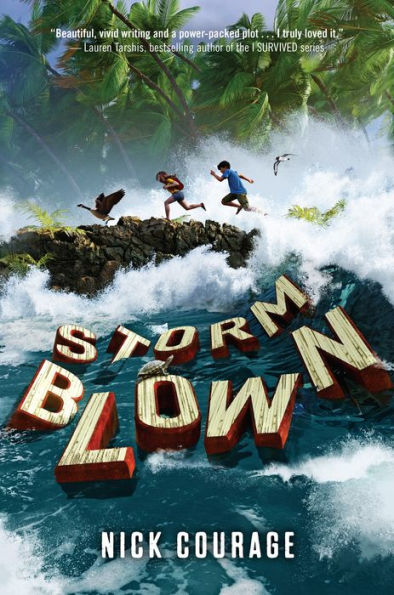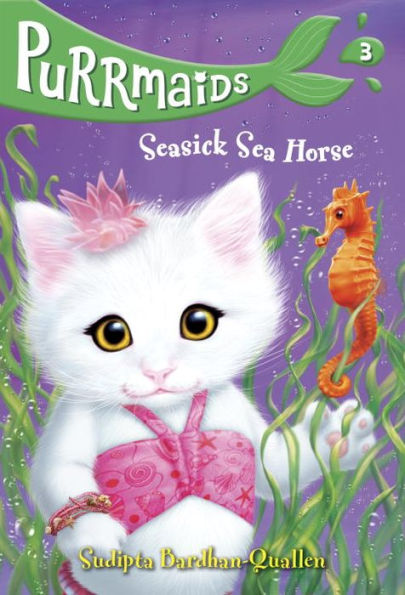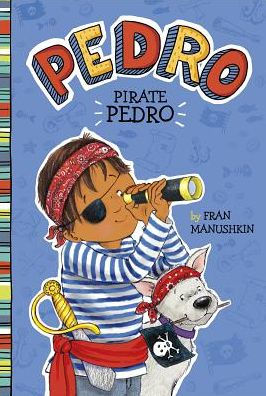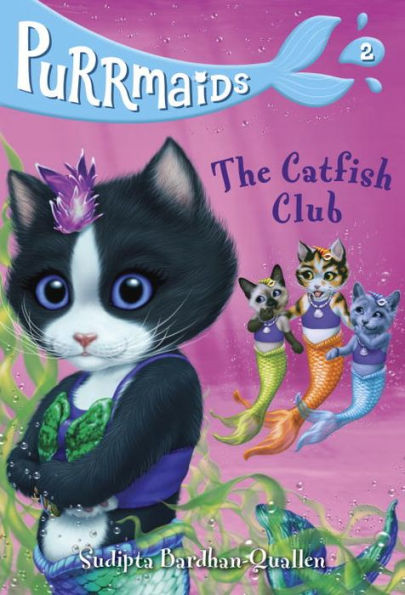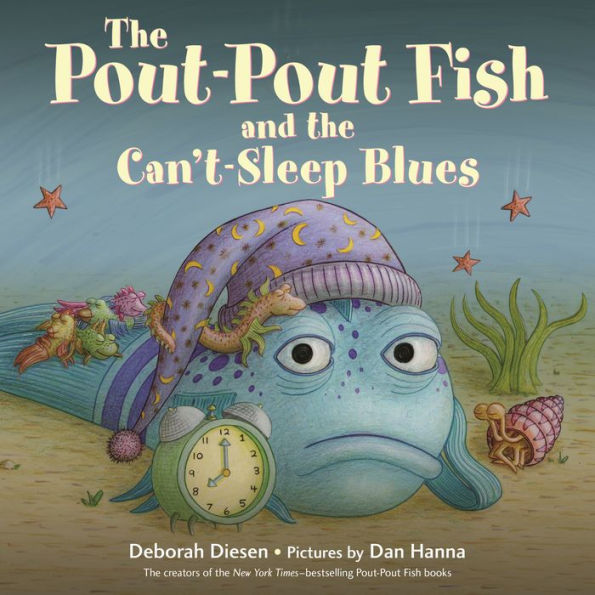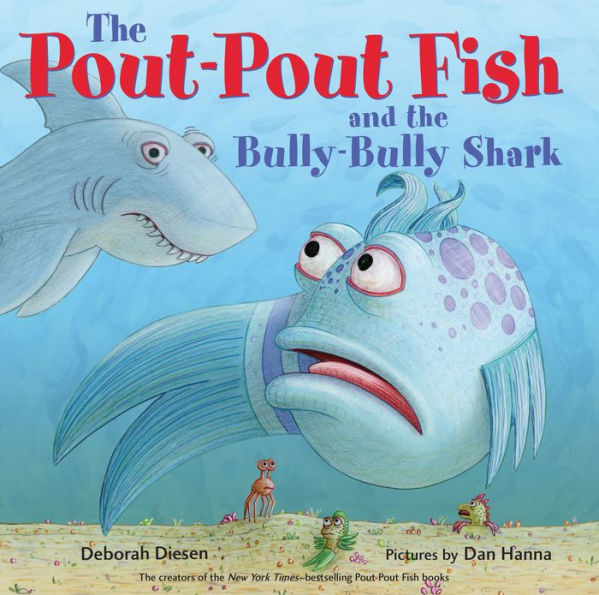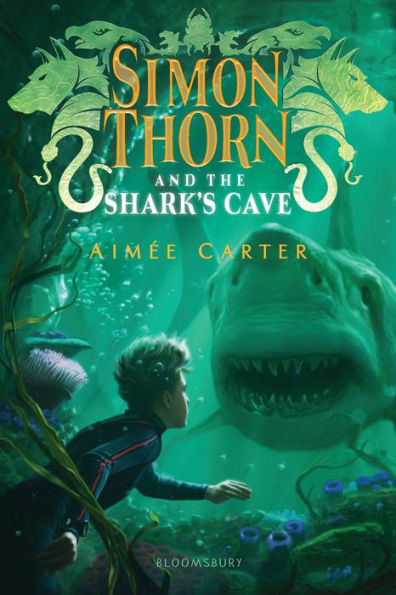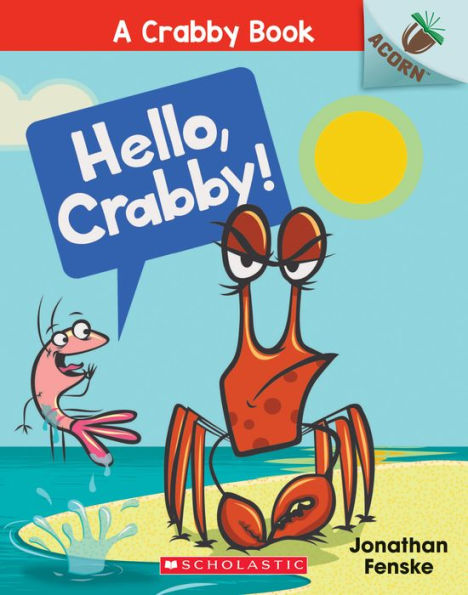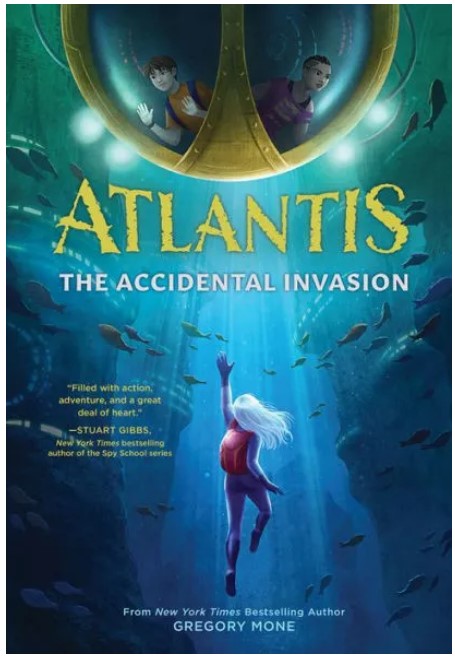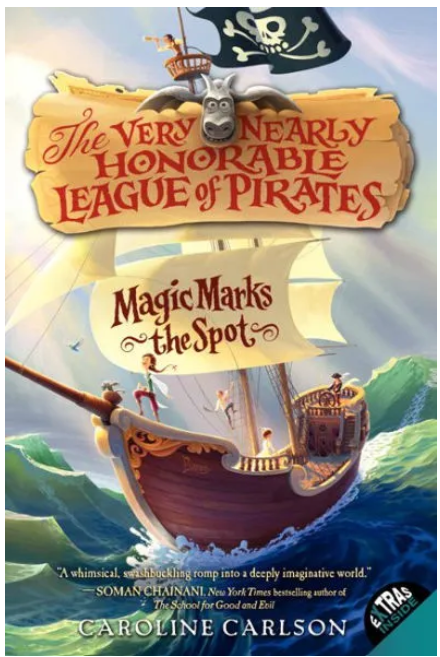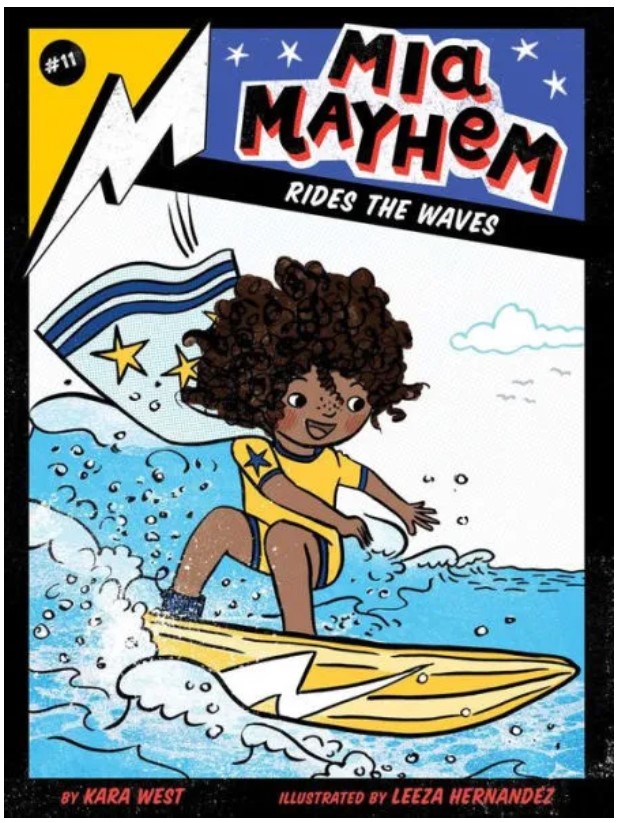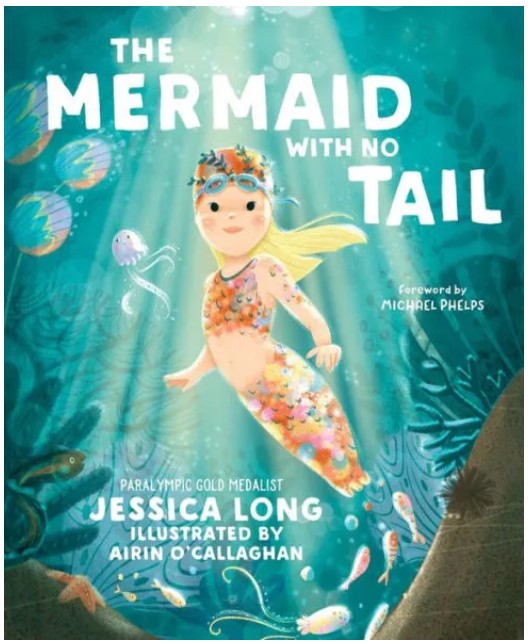Hannah wants to be normal, but she’s not. The sea calls to her, and she can see a delicate tracing of scales on her legs. Billowing waves soothe her, but flat land makes her sick. She knows there’s something wild in her that’s different, wrong, and deeply thrilling.
Only one person seems to know who—or what—Hannah is. He’s a guest in the house where she works as a scullery girl and his fascinated gaze follows her. She doesn’t understand his terrifying allure, or her longing. But even as the mystery deepens, Hannah is sure of one thing. A sea of change is coming.
The first installment of the Daughters of the Sea Series focuses on Hannah, who doesn’t know that she is a mermaid. Much of the story focuses on the class distinction during the time period and the relationship between the serving class and the wealthy Boston family. While the running of a household is at times interesting, the story has little action. Instead, Hannah is trying to figure out why she is different than others and why the sea calls to her.
Readers looking for a book that explores the world of mermaids will be disappointed with Hannah’s story. There are too many plot points that are left unanswered. Hannah’s background is never explained and when Hannah meets a merman, the interaction borders on sexual harassment; at one point, the much older merman grabs Hannah and forces a kiss on her. While Hannah is occasionally an interesting character, some readers may find it difficult to relate to her struggles.
The long-winded descriptions, lack of plot development, and dysfunctional family dynamics make Hannah a difficult book to get through. Readers who enjoy historical fiction and want to learn more about the late 1800s may enjoy Hannah. However, if you are looking for a peek into the magical world of mermaids, you should bypass Hannah altogether.
Sexual Content
- Lila has a crush on Mr. Wheeler. Lila’s sister says, “Lila wants to wear something that Mama says is much too daring for a girl her age. You know what I mean, Hannah, very naked-looking. I think she wants to look almost naked for Mr. Wheeler.”
- Hannah goes out into the forest. When Mr. Wheeler follows her, she yells at him. “He suddenly stepped toward her. He wrapped his arms around her, pressing her to his chest. . . He was kissing her lips, crushing his face against hers. She was lost. She was adrift. She was happy.”
Violence
- When her cat goes missing, Lila hits her sister and makes her bleed.
- Lila goes into Hannah’s room at night. Hannah tries to lead her back to her room. “Lila’s eyes were wild. She was scratching at Hannah’s face and the cat suddenly came to life and pounced on her back. Hannah could feel the claws digging into her shoulders, close to the neck of the nightgown. . . The strings of Hannah’s pouch were cutting into her throat, and she was gasping for air. . . “
- After Lila and her cat attack Hannah, Hannah runs into the ocean. Lila’s sister, Ettie, follows Hannah. When she sees the cat, Ettie throws a rock at it. Lila points to “a clump of blood-soaked sea lavender where Jade was sprawled. The cat’s head was twisted at an odd angle to its body. One side was bashed in and there was a mangled mash of fur and protruding bone.”
- After Ettie kills the cat, Lila “exploded and hurled herself across the grass, knocking down her sister. His hand was reaching for a rock when Mr. Marston ran up and dragged her off Ettie.”
Drugs and Alcohol
- One of the workers asks the butler if he can “add two bottles of the sweet sherry to the wines and spirits order.”
- Three men share some sherry.
- While getting the summer cottage ready for their employers, the workers “slid the miniature wine bottles into the racks in the wine cellar.”
- While serving dinner, the butler goes into the kitchen to get “two more bottles of wine.”
- Lila is given a sedative: laudanum. The butler says, “Administered properly, it alleviates anxiety and induces sleep.” However, the cook disagrees with him and says, “Drugs, pure and simple. They might as well have sent her to an opium den.”
Language
- Damn is used six times, usually referring to the cat. For example, the workers do not like the house cat. One of the workers says, “I’d like to wring that damn cat’s neck.”
- My God is used as an exclamation once.
- Someone says that Lila’s cat is “mean as cat’s piss.”
- Someone calls Lila a “hell hag” and her cat a “hell cat.”
Supernatural
- None
Spiritual Content
- Occasionally Hannah prays. For example, when Hannah is taken away from Boston, she becomes sick. Hannah says, “I have prayed to God every night. I must go back. This land is not good for me.”
- While applying for a job as a maid, Hannah prayed, “Let me just seem normal. Let me fit.”
- While helping serve dinner, Hannah prays, “God do not let me spill this.”
02/01/2011 12+ 336 5.3 3 worms AR
